An LCD TV protective film is a vital accessory crafted to shield television displays from potential harm. This film is expertly designed to act as a barrier against scratches, fingerprints, and various other types of damage that may arise from regular use. Far from being merely a protective layer, it also bolsters the viewing experience by preserving the screen's high transparency and color vibrancy.
Types and Characteristics of LCD TV Protective Films
There exists a multitude of types of LCD TV protective films, each distinguished by its own set of features. For example, hydrogel film is celebrated for its self-healing capabilities and pliability, which is particularly suited for curved displays. Conversely, 9H tempered glass films provide a more rigid defense, boasting exceptional scratch resistance. Films incorporating anti-blue light technology are also available to mitigate eye fatigue for viewers. The range of options caters to diverse needs and preferences, from those in search of ultra-thin films that deliver basic protection without affecting screen sensitivity, to those in need of sturdy films capable of withstanding substantial impacts.
Structure and Operation of LCD TV Protective Films
The structure of an LCD TV protective film is a marvel of intricate engineering. A standard film consists of several layers, each fulfilling a distinct purpose. The base layer is an adhesive that affixes to the TV screen cleanly, without leaving any residue. This is followed by the core film, which constitutes the primary protective barrier. An anti-reflective layer may be included to diminish glare, topped with a final hard coating to fend off scratches. These layers collaborate to both shield the screen and augment the viewer's experience. Once applied, the film operates as a cohesive, imperceptible guard.
Materials and Properties of LCD TV Protective Films
The selection of materials for LCD TV protective films is pivotal. Substances such as Asahi glass and Japan AGC glass are prized for their optical excellence and robustness. These materials are also favored for their resistance to scratches, ensuring the film's integrity and discretion over time. The employment of hydrogel film and import PET is widespread, offering both flexibility and resilience. These materials are chosen not only for their protective attributes but also for their capacity to maintain the authentic quality of the screen's display.
Business Usages and Applications of LCD TV Protective Films
The business usages of LCD TV protective films are extensive, spanning a variety of sectors. In retail environments, these films shield screens that are frequently handled or interacted with by patrons. Within office settings, they ensure the durability of conference room displays. In the realm of hospitality, they protect in-room entertainment systems from inadvertent damage by guests. These films add value to businesses by diminishing the necessity for expensive screen replacements and upkeep, thus aiding in cost savings and the upkeep of a polished image.
Functions of LCD TV Protective Films
The principal function of an LCD TV protective film is to defend the screen from physical harm. They also serve to refine the user experience by minimizing glare and repelling fingerprints. Certain films are tailored for specific purposes, such as filtering out blue light to alleviate eye strain or incorporating privacy filters to restrict the viewing angle of screen content.
Features of LCD TV Protective Films
The features of LCD TV protective films include their high transparency, which ensures that image quality remains unaltered. They are typically anti-fingerprint and anti-glare, maintaining screen clarity under various lighting conditions. A distinctive attribute of some films is their full glue design, which guarantees a secure attachment without compromising the screen's responsiveness. These characteristics distinguish them from competitors by providing a blend of protection and improved viewing quality.
Benefits of LCD TV Protective Films
The benefits of employing an LCD TV protective film are numerous. They prolong the lifespan of the TV screen by averting scratches and other forms of damage. For enterprises, this translates to less frequent need for screen replacements and reduced expenditures. For consumers, it equates to a consistently pristine and flawless viewing experience. Additionally, the films offer reassurance that the screen is safeguarded against everyday mishaps.
How to Use and Maintain LCD TV Protective Films
Proper utilization of an LCD TV protective film commences with correct installation. The screen must be cleansed of all debris and fingerprints prior to the film's application. Once positioned, the film should be smoothed to eliminate any air pockets. Maintenance is straightforward; a gentle wipe with a soft cloth is sufficient to remove any marks or fingerprints, ensuring the film continues to offer peak protection and clarity.
How to Choose and Install the Right LCD TV Protective Film
Selecting the appropriate LCD TV protective film entails aligning the film's attributes with the TV's usage and setting. In areas with high foot traffic, a thicker, more resilient film is recommended. Installation must be conducted with precision, aligning the film with the edges of the screen and smoothing out any air bubbles that emerge. This guarantees proper adhesion and optimal functionality of the film.
Target Audience and Needs for LCD TV Protective Films
The target audience for LCD TV protective films is broad, encompassing both businesses and individual consumers who place a high value on their screen investments. The films address the needs of this audience by offering protection tailored to various settings, be it a home, office, or public area. They cater to those who prioritize keeping their screens in immaculate condition while enhancing their viewing pleasure.
What are the key features to look for in an LCD TV protective film?
Key features to consider include anti-scratch, high transparency, anti-fingerprint, and easy installation. A premium film should also provide full coverage and be constructed from durable materials like 9H tempered glass or hydrogel film.
How does an LCD TV protective film enhance the viewing experience?
An LCD TV protective film elevates the viewing experience by preserving the screen's clarity and reducing glare. It also minimizes distractions from fingerprints and smudges, ensuring that the image remains vivid and unblemished.
Can LCD TV protective films be used on screens other than TVs?
Indeed, LCD TV protective films are adaptable and can be applied to a range of displays, including smartphones, laptops, and even vehicle navigation systems. They deliver the same degree of protection and visual clarity across all these devices.


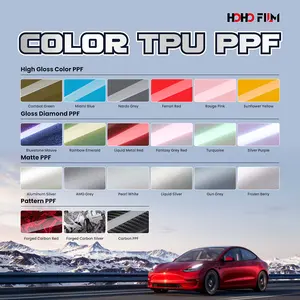

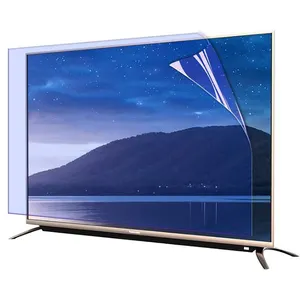


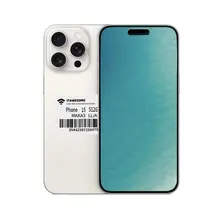

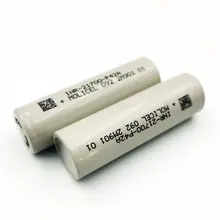

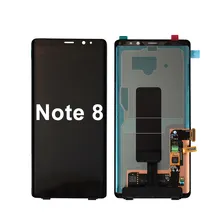




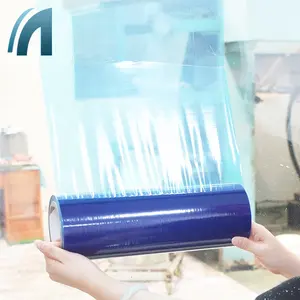

























 浙公网安备 33010002000092号
浙公网安备 33010002000092号 浙B2-20120091-4
浙B2-20120091-4